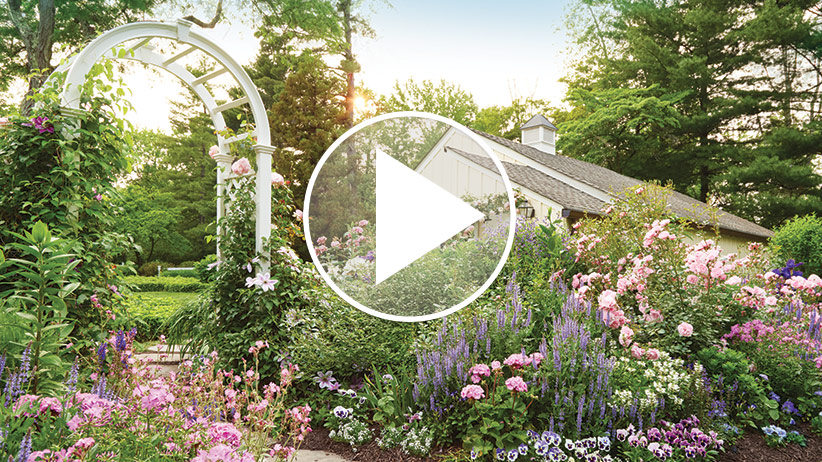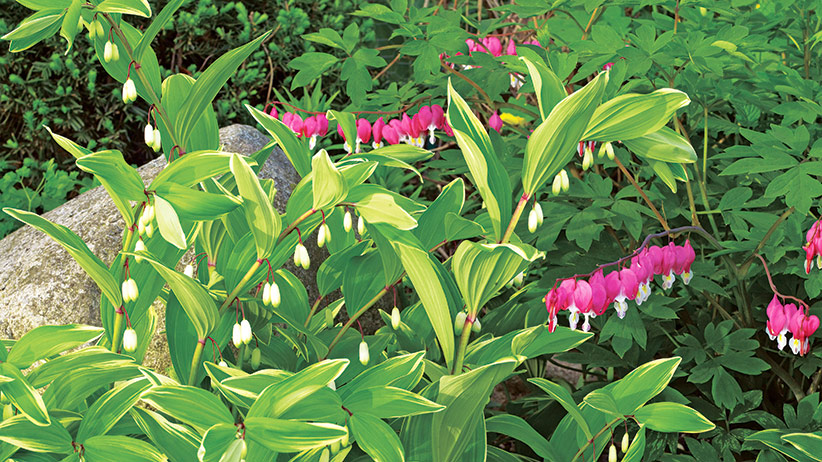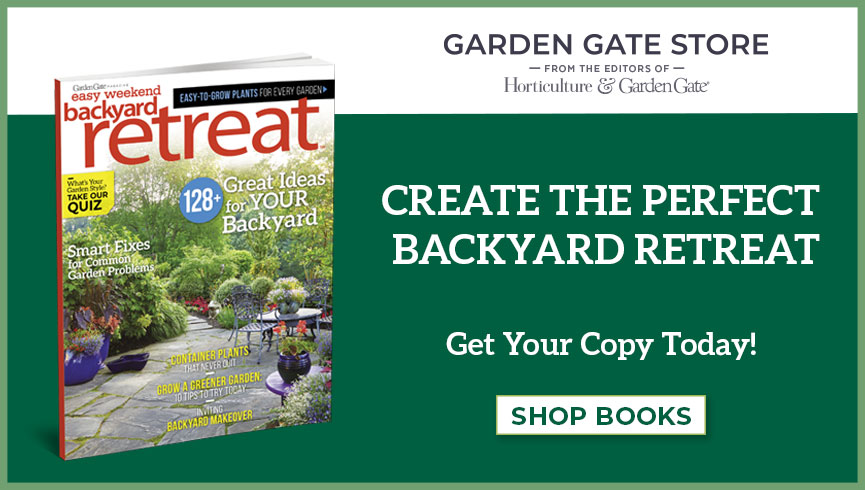Design your garden using repetition
Why grow just one plant when you can grow a whole bunch of them? Design with repetition isn't only fun (after all you get to grow a lot of the plants you love!) but makes your garden look better too! You can use this simple design principle in gardens large or small. Here are a few ideas to get you started.
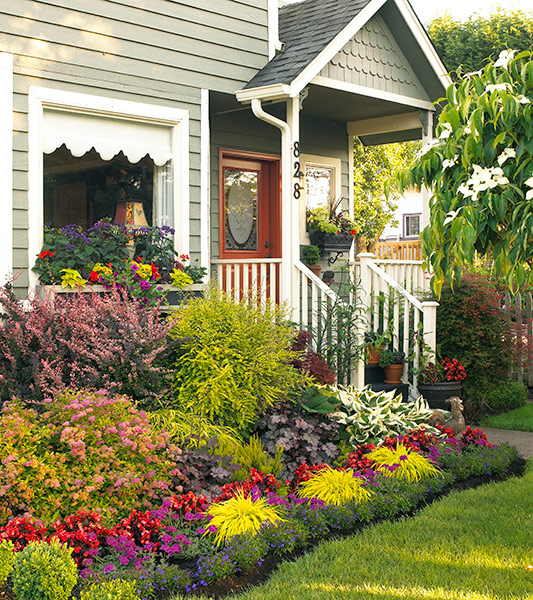
Repeat colors
There's lots of repetition going on in this small foundation planting. Bright, eye-catching gold hakonechloa (Hakonechloa macra) foliage and red begonia (Begonia hybrid) flowers run across the front of the border but take a close look and you'll see the same shades from different plants — a coleus (Plectranthus scutellarioides) and annual geranium (Pelargonium hybrid) — in the windowbox at the back of the bed. Chartreuse foliage from nearby shrubs reinforce the color scheme but have a less intense hue so the combination isn't overwhelming.
You Might Also Like:
The Best Plants for a Foundation Planting
Two Stunning Ideas for Your Summer Perennial Garden Bed
5 Multiseason Shrubs
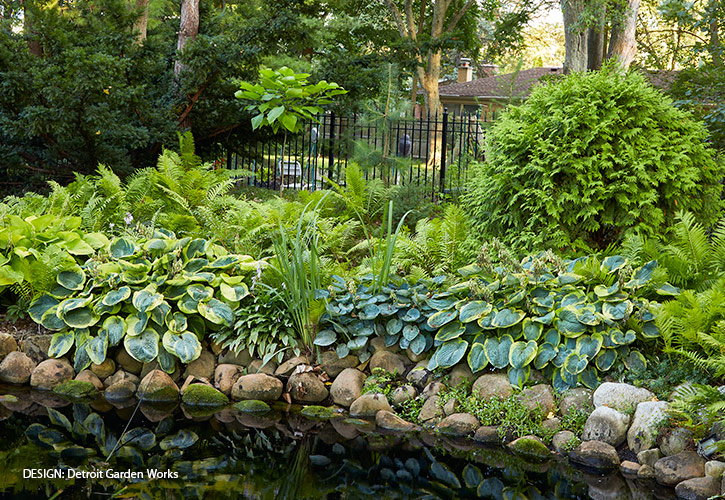
Create repetition with texture and shape
Colorful flowers and foliage are sure to turn heads but repeating texture and shape will add a whole new level to your garden design. Texture can be tactile like a glossy azalea (Rhododendron spp. and hybrids) leaf or fuzzy lamb's ear (Stachys byzantina) but it can also be visual. From the size of the plant to the size of its leaves and their spacing along the stem, it all comes together to create visual texture. Repeating broad hosta leaves throughout the stand of fine fern foliage in this pondside planting above makes this area cohesive and more interesting than if it was ferns alone.
Consider leaf & plant shape
Another aspect of texture is shape. The shape of the leaf and the plant itself. Those broad hostas above make a great contrast to the ferns and with hundreds of varieties to choose from you can repeat several different ones and still get a great look. Use different hosta varieties in a range of sizes and colors for an even more engaging combination.
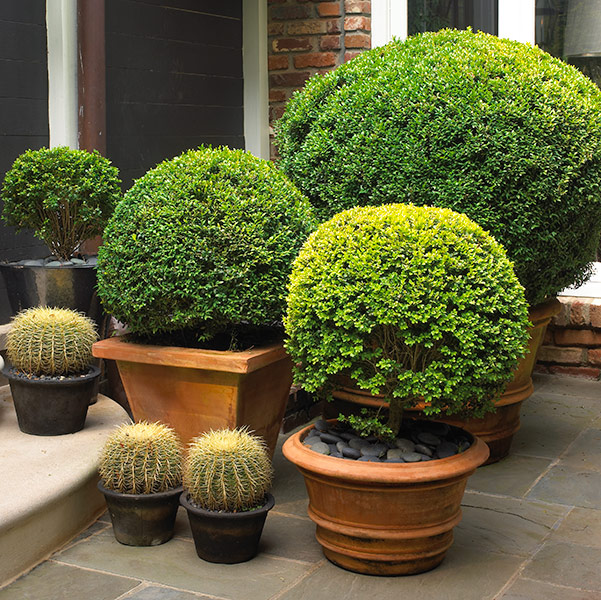
Creating visual texture
The shape of the leaf and the whole plant is something to consider too. These boxwoods (Buxus spp. and hybrids) and cacti have different textures — small and glossy vs. short and spiny — but the same shape is repeated for a perfectly coordinated look. And by varying the size, you get a more dynamic quality that moves your eye through the grouping. Don't have time for pruning to keep boxwoods in shape? Try 'Green Velvet' or North Star® boxwood that have a naturally rounded shape. You could even set a gazing ball on the ground or a stand. Its round shape will fit right in and the shiny surface will reflect the plants nearby.
You Might Also Like:
Patio Design Ideas
Topiary Basics with Linda Vater
Learn the Secrets to Combining Flower Shapes
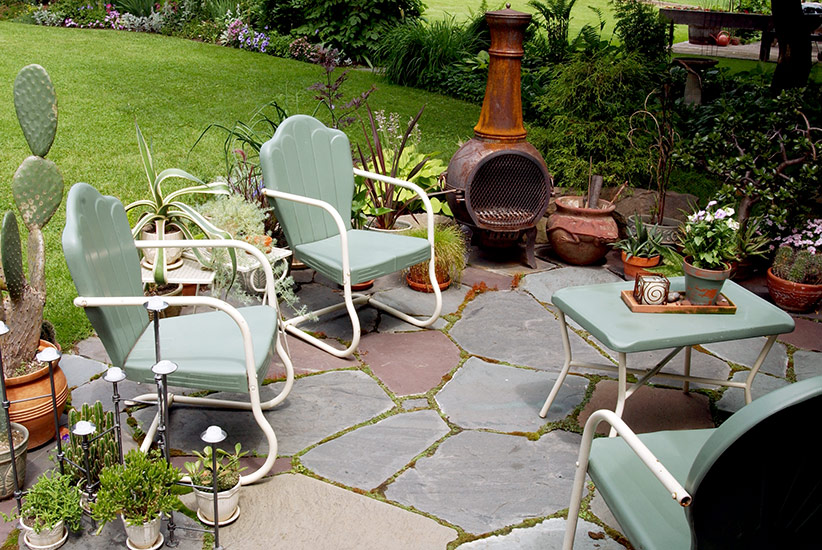
Create repetition with ornaments and hardscaping
Don't forget about the furniture, the deck or patio and any garden ornaments you add to the border. Repeating the main colors from your garden's palette is a great way to help tie it all together. These wide, flat chairs have a similar color and shape as the pale gray-green stone that makes up the patio while the rusty look of the chiminea and terra cotta containers pick up the red. Add a few annuals or perennials to the border with similar colors and you've mastered design with repetition in the garden.














